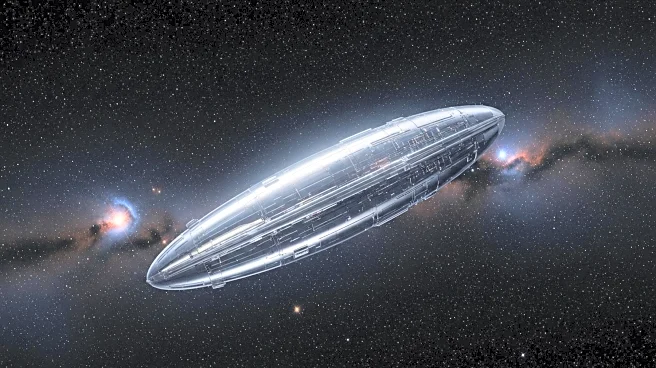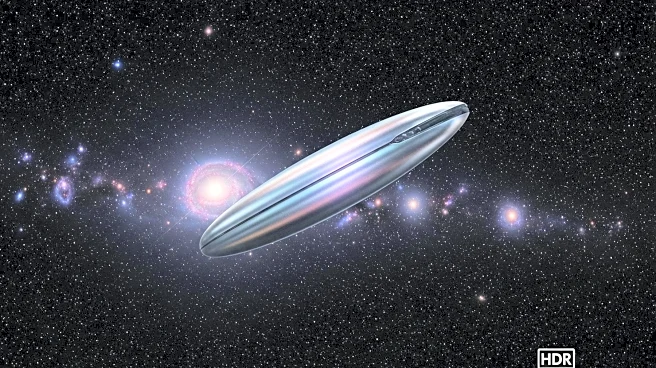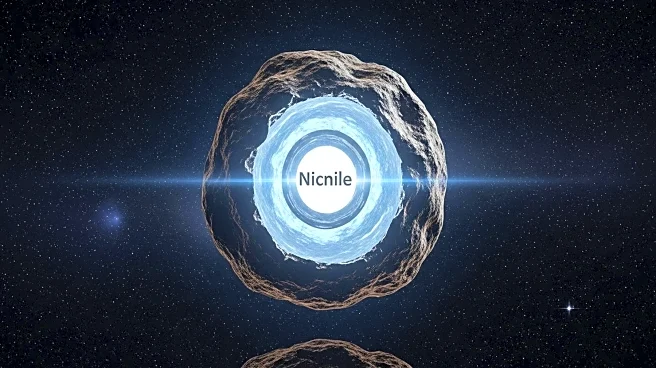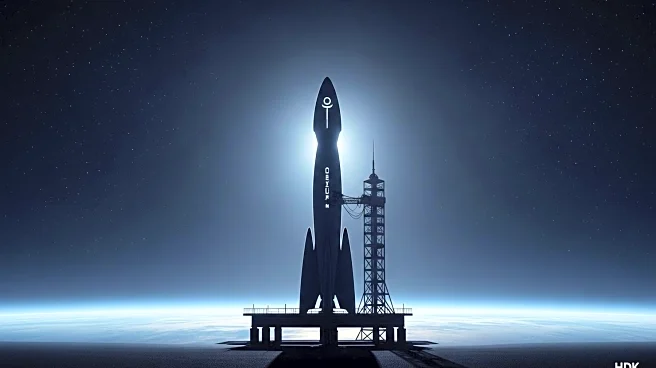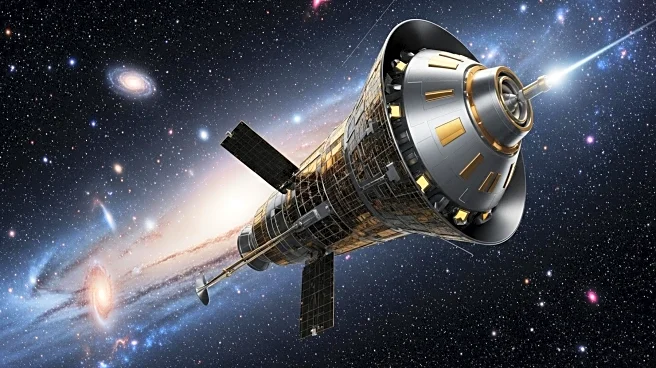What's Happening?
The interstellar object 3I/ATLAS, discovered by the ATLAS survey telescope in Chile, is generating interest due to its size and trajectory. The object, with a nucleus estimated to be 3-5 miles across, is the third interstellar visitor identified, following 1I/ʻOumuamua and 2I/Borisov. It will pass closest to the Sun on October 30, 2025, and poses no threat to Earth. While some speculate about its potential alien origin, most scientists consider it a natural comet. NASA and international missions are conducting intensive observations to study its composition and trajectory.
Why It's Important?
The discovery of 3I/ATLAS provides a unique opportunity to study an interstellar object, offering insights into the composition and behavior of such bodies. The scientific community is keen to understand its origins and characteristics, which could enhance knowledge of the solar system and interstellar space. The object has also captured public imagination, with discussions about its potential as an alien probe, highlighting the intersection of science and popular culture.
What's Next?
Observations will continue as 3I/ATLAS approaches the Sun, with data from telescopes like Hubble and Webb expected to provide further insights. The object will remain a subject of study as it moves through the solar system, with potential observations from Mars and Jupiter missions. The scientific community will analyze the data to refine models of interstellar objects and their interactions with the solar system.



